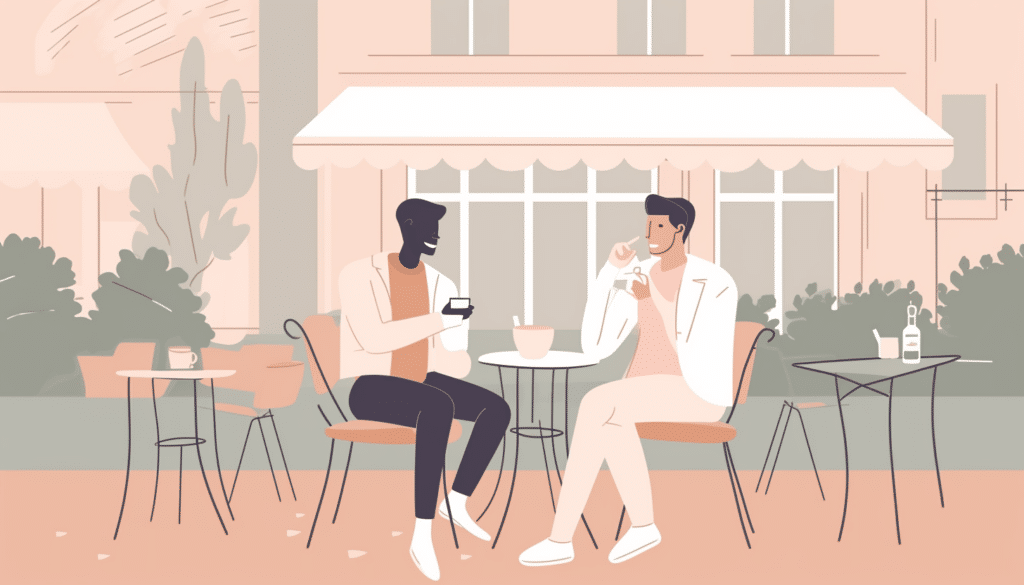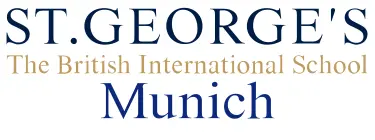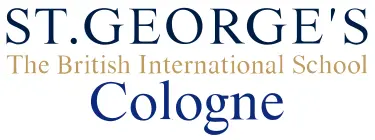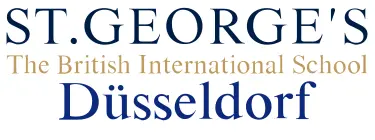Bohemia
Bohemia, across the Czech Republic border from Bavaria, is a romantic place of dreamy forests and pretty towns, whose name has become associated with gypsies and with writers and artists who lead an unconventional lifestyle.
It is also associated with lavish spas, patronized by the upper crust in the days before World War I, and above all it is associated with beer. The commercial and cultural center of central Bohemia is Pilsen (Plzen), which gave its name to the slightly bitter, bottom-fermented lager beer known as pilsener.
The Pilsner Urquell brewery has a museum with hundreds of unique exhibits associated with the history of brewing and the culture of beer consumption. The price of admission includes a sampling of the product, and gifts and collectibles are available for purchase. Genuine Czech cuisine, rich in meat and usually served with dumplings or potatoes, can be had at the country’s biggest alehouse, La Spilce, right on the brewery grounds.
Southern Bohemia has another beer town whose German name will be familiar to American beer drinkers, Budweis (Ceske Budejovice.) The brewery there owns the name “Budweiser” in many European countries, including Germany, which is why you will seldom see the American product of the same name in Europe. Budweis is also a pretty town. Its square, lined with arcades and historic buildings, is famous for its sheer size. It’s the second largest town square in Europe.
The once elegant Bohemian spas of Marienbad (Marianske Lazne) and Karlsbad (Karlovy Vary) are located quite close to each other in northern Bohemia. Both reached their zenith in the half century or so before World War I, when the region was part of the Austro-Hungarian empire. Their spirit was reflected in a 1961 French film L’Année Derniere à Marienbad (Last Year At Marienbad), a seductive tale of the idle rich with the spa as a backdrop.
Prominent vacationers during the era of greatness included British King Edward VII, Russian Czar Peter I, Richard Wagner, Johann Strauss, Friederich Chopin, Johann Wolfgang Goethe, Alexander Tolstoy, Mark Twain, Rudyard Kipling and Sigmund Freud.
The two spas, though they now serve a more plebeian clientele, retain their elegant character with monumental Victorian buildings, fountains, colonnades, gambling casinos, race tracks, concert halls, and extensive parks that blend into the forest. Karlsbad hosts a annual film festival. The spas also still offer treatments for a wide variety of ailments, and have many facilities for sport and recreation.
A short distance to the northwest of Karlsbad, practically on the German border, is Sankt Joachimsthal (Jachymov), which gave its name to the American currency. There used to be a silver mine there, and the heavy coins minted there became known as “Sankt Joachimstaler,” later shorted to just “Taler” and then corrupted to “dollar.”
The Austrian Alps
The two jewels of the Austrian Alps, also just across the border from Bavaria, are Innsbruck and Salzburg. Innsbruck is an important tourist and winter sports resort that has twice hosted the Winter Olympics. The music city of Salzburg is the birthplace of Mozart.
Innsbruck is surrounded by mountains and a cable railway up the Hungerburg provides a magnificent view. It is also the capital of the Tyrol, and hosted the celebrated “snowless” Winter Olympics of 1964, when it had to organize a massive truck lift to bring in hundreds of tons of the stuff from higher elevations. There were no snow machines in those days. Innsbruck also hosted the 1976 winter games on very short notice when Denver pulled out fearing an adverse environmental impact.
One of Austria’s most popular tourist attractions, with 7 million visitors since its opening in 1995, is the Swarovski “Crystal Cave,” just outside Innsbruck in Wattens. It’s found right in the shadow of the factory where those noted cut glass butterflies, bumblebees, penguins and planes are made. Distinct lighting, music, lasers, videos and architecture combine to generate a surreal atmosphere for the display of crystal.
Salzburg is a Mecca for the music lover. Wolfgang Amadeus Mozart was born there in 1756 and since 1920 it has hosted one of the world’s most respected music festivals. But there is more to it than that. Such musical greats as Richard Strauss, Arturo Toscanini and Herbert von Karajan loved to work there, creating a magnetic atmosphere for other top musicians. The city has three state-of-the art theaters and any number of white, onion-domed churches which also serve as venues for concerts.
The old city, dominated by the Hohensalzburg Fortress, has been declared a world treasure by UNESCO, and the hills around the city are alive with “The Sound of Music.” The von Trapp family, made famous in the movie, still live in Leopoldskron Palace
There is music as well in the Salzburg Marionette Theater. The two-foot stringed performers present operas, operettas and ballet on the small stage of a baroque theater. Several of the operas are, of course, by Mozart.
The house where Salzburg’s favorite son was born, at Getreidegasse 9, is a museum filled with sheet music, instruments and other Mozartobilia including the tiny violin he played as a prodigal child.
Christmas in Salzburg is also an experience. Like most German-speaking cities it has a Christmas market, but the area’s main contribution to the Yuletide tradition is in the town of Oberndorf, just outside the city. It was there that the Christmas carol Silent Night was hastily composed in 1818. The organ at the Saint Nicholas Church had broken down and this song was meant to be sung to the guitar that was replacing it. A little chapel, dedicated to the song, stands on the site of the church, and on Christmas Eve crowds fill a nearby tree-covered hillside to hear Silent Night being sung over loudspeakers.
Alsace
One of the most picturesque regions of France, and also one of the country’s top culinary regions, is Alsace, just across the Rhine from Germany’s Black Forest. The region has retained a strong Germanic flavor, since throughout its history it seems to have been a part of Germany as often as a part of France. Its traditional half-timbered houses topped by storks’ nests and its local dialect make this region very different from any other in France.
The region boasts the Route du Vin (Wine Road) which runs 102 miles through the foothills of the Vosges from Thann to Marlenheim. It meanders past vineyards and castle ruins and through picturesque medieval villages. Hiking paths through the vineyards lead up to the forested slopes and provide good views.
Along the way you can sample the area’s cuisine, which clearly reflects the German influence. Despite its wine-making prowess, Alsace is also the finest beer-producing region of France. And some of its best wines, unlike most of the others in France, are based on the Riesling grape, which also goes into many well respected German wines. The abundant fish from the Rhine and its tributaries are often prepared with a Riesling sauce.
Other regional foods include choucroute, sauerkraut prepared with a Gallic flair; an onion tart with mushrooms, carmelized onions and lean, hickory-smoked bacon; a Kugelkopf cake, flavored with a plum or cherry soufflé; soft, delicate Munster cheese, and Foie Gras d’Alsace, the recipe for which was developed around 1780 at Strasbourg by the cook to the Alsatian governor.
And, believe it or not, Alsace has made a contribution to the pizza tradition Its flammkuchen (tarte flambée), with a bread base like a pizza, but a topping of crème fraîche, onions and bacon rather than tomato and cheese, has been siezed by the German pizza makers, and sales are booming
Good places to stop and dine include the picturesque medieval villages of Riquewihr and Eguisheim, replete with flower-decked streets, inns, wine cellars, baroque wrought-iron signs and Renaissance fountains. Virtually all of the towns along the route have wine festivals in the late summer and fall.
The principal cities of the area are Strasbourg, the capital, with an old town built around its cathedral, and Colmar, with an authentic medieval setting enhanced by a large pedestrian zone.
Strasbourg offers a contrast of old and new. A pink cathedral and the cobbled streets that surround it mix with 19th century mansions and the modern hotels and conference centers built for the city’s new role as the seat of the Council of Europe.
Colmar is the birthplace of Frédéric-Auguste Bartholdi, whose works include the Statue of Liberty in New York. The fine eighteenth century town house in which he was born is now a museum.
Battle of the Bulge Battlefields
Military history buffs might be interested in the scenes of the 1944-45 “Battle of the Bulge” in neighboring Belgium and Luxembourg. By December of 1944 the Germans had been largely driven out of those two countries, but then, in Hitler’s last desperate gamble, they launched a massive counterattack aimed at recapturing Antwerp.
They were stopped at Bastogne, Belgium, which has a museum and, adjacent to it, a memorial to the yanks who died defending the town. Along with its display of vehicles, uniforms, dioramas and multi-media productions, it has a copy of an American newspaper reporting the response of Gen. Anthony McAuliffe to the German demand that he surrender: “nuts!”
The German attack was launched from the Eifel hills, and most of the fighting was actually in Luxembourg. Bastogne is just across the Luxembourg-Belgian border. Therefore the northern part of Luxembourg has many reminders of the Battle of the Bulge.
There are museums at Ettelbruck, Diekirch, Clervaux and Wiltz. The Diekirch museum has a mock-up of the Americans crossing the ice-bound Sauer River in January 1945 as they were finishing up the job of once more driving the Germans out of Luxembourg. Also at Ettelbruck is Patton Park, with a nine-foot statue of Gen. George S. Patton, whose Third Army quickly made a turn and stopped the German attack.
Patton is also buried in Luxembourg, at the American military cemetery at Hamm, near Luxembourg city. He was fatally injured in a car accident shortly after the war, and it was the wish of his widow that he be laid to rest among his soldiers.


























